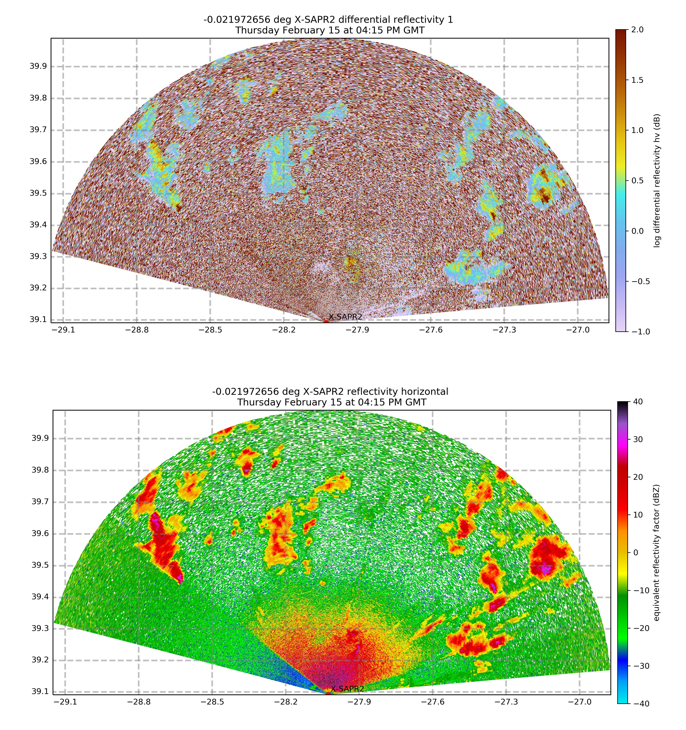New Version of Python ARM Radar Toolkit Available
Published: 16 April 2018

The latest version of the Python ARM Radar Toolkit (Py-ART), an open-source architecture for interacting with radar data in the Python programming language, was recently released.
Py-ART 1.9.0 – Picasso is the first named release aligned with the five-year Py-ART development road map. It features numerous improvements over previous Py-ART versions, including:
- a faster convolution-based technique for texture calculations
- cost function-based correction for the region-based dealiasing code
- two new methods for processing polarimetric phase information
- a new gridding method for using only the nearest radar gate for discrete fields.
Py-ART 1.9.0 – Picasso works with all raw formats produced by the X- and C-band scanning radars and with the ingested format (CF-Radial) of all ARM radars. It includes visualization for all modes of radar scanning. In addition, many community formats, including NEXRAD, ODIM HDF5, and UF, are supported.
Several community packages are built on top of Py-ART, including:
- TINT for cell tracking
- CSU Radar Tools, which include a large number of utilities, such as particle ID
- MultiDop for multiple Doppler radar velocity retrievals
- ARTView, an interactive radar viewer.
Users who use Anaconda Python Distribution can install Py-ART 1.9.0 – Picasso by typing: conda install -c conda-forge arm_pyart
To access the source code and/or make a contribution, visit https://github.com/ARM-DOE/pyart.
To share your experience with Py-ART 1.9.0 – Picasso or to ask questions, contact development lead Zach Sherman or science lead Scott Collis.
The ARM Climate Research Facility is a DOE Office of Science user facility. The ARM Facility is operated by nine DOE national laboratories.
Keep up with the Atmospheric Observer
Updates on ARM news, events, and opportunities delivered to your inbox
ARM User Profile
ARM welcomes users from all institutions and nations. A free ARM user account is needed to access ARM data.


















